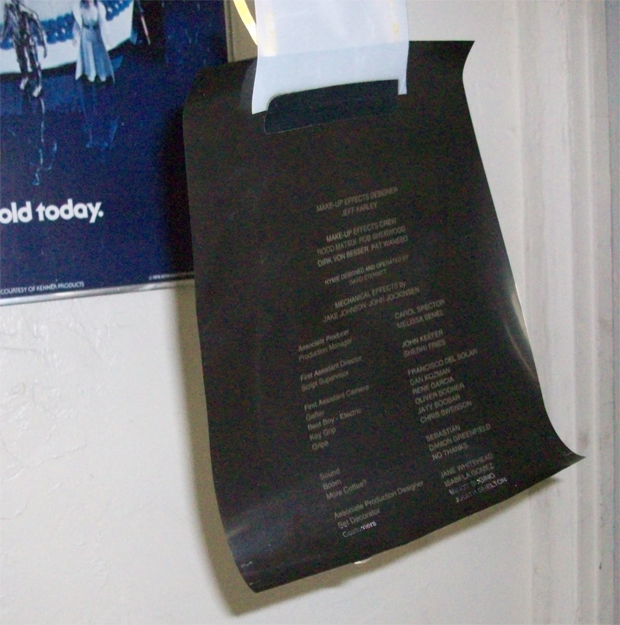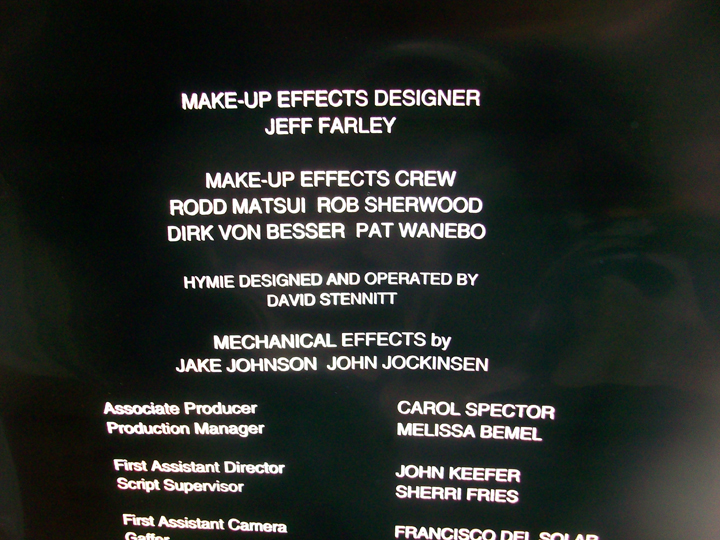Hi, i'm new to these forums, it's very nice to be here, seems like there's an absolute wealth of information, and i'm looking forward to learning from you guys and also contributing what i can.
The question i have is about credits on old films and how they were made in a time without the sophisticated computer technology we have today. I'm making films at the moment using old Video 8 cameras. I really like the VHS type quality.
I'm editing my footage on Final Cut, and i'm looking to add credits, but i want the type to be consistent with the 80's style of the film stock. I don't want them to look clean and crisp, but old and a bit rough around the edges.
I've done a lot of searching around, but i can't find any info on this at all.
For example, how would a credit sequences like this be created, for example: http://www.youtube.com/watch?v=Px8PKZTWLgE
Did they use computers? And if so, what was used before computers? (something like this say (not the animation, but the type: http://www.youtube.com/watch?v=KeTRcssdEjE
Also, in regards to subtitles does anyone know how old films were subtitled and what sort of technology they would have used?
Any help at all is greatly appreciated!
The question i have is about credits on old films and how they were made in a time without the sophisticated computer technology we have today. I'm making films at the moment using old Video 8 cameras. I really like the VHS type quality.
I'm editing my footage on Final Cut, and i'm looking to add credits, but i want the type to be consistent with the 80's style of the film stock. I don't want them to look clean and crisp, but old and a bit rough around the edges.
I've done a lot of searching around, but i can't find any info on this at all.
For example, how would a credit sequences like this be created, for example: http://www.youtube.com/watch?v=Px8PKZTWLgE
Did they use computers? And if so, what was used before computers? (something like this say (not the animation, but the type: http://www.youtube.com/watch?v=KeTRcssdEjE
Also, in regards to subtitles does anyone know how old films were subtitled and what sort of technology they would have used?
Any help at all is greatly appreciated!
Last edited:








